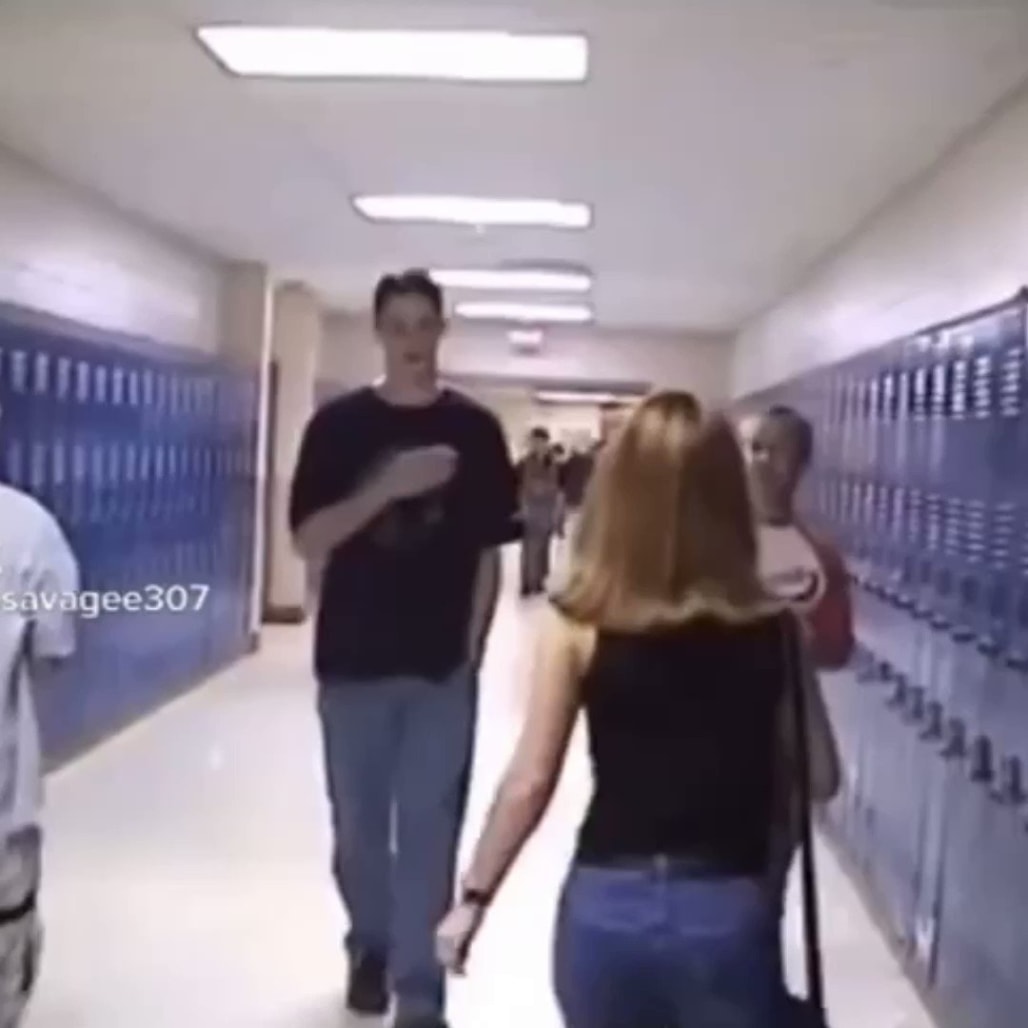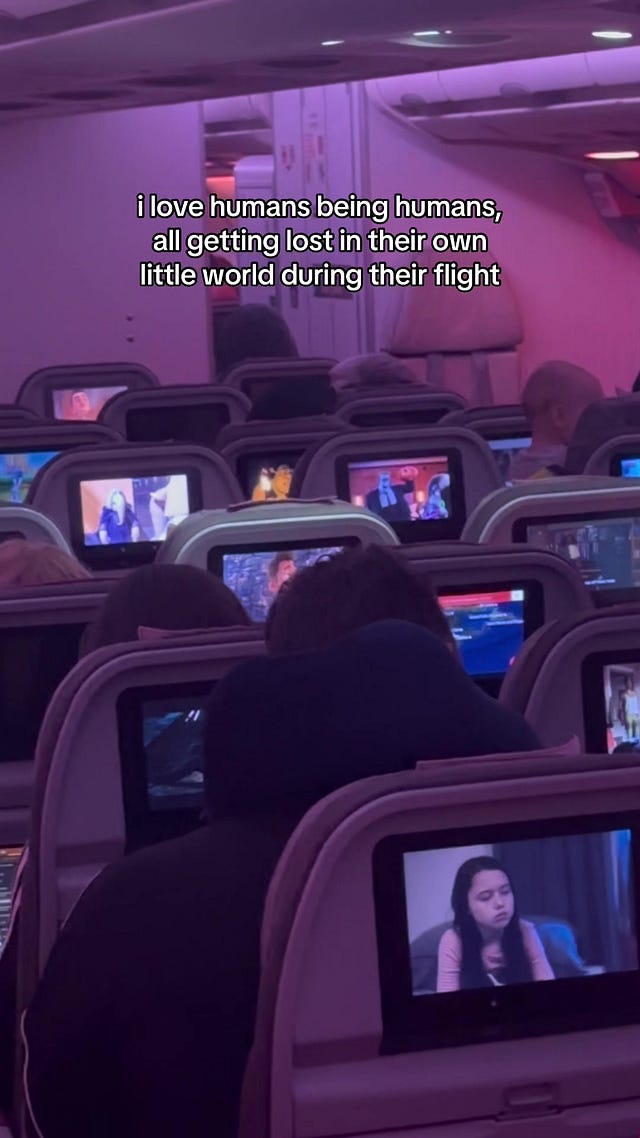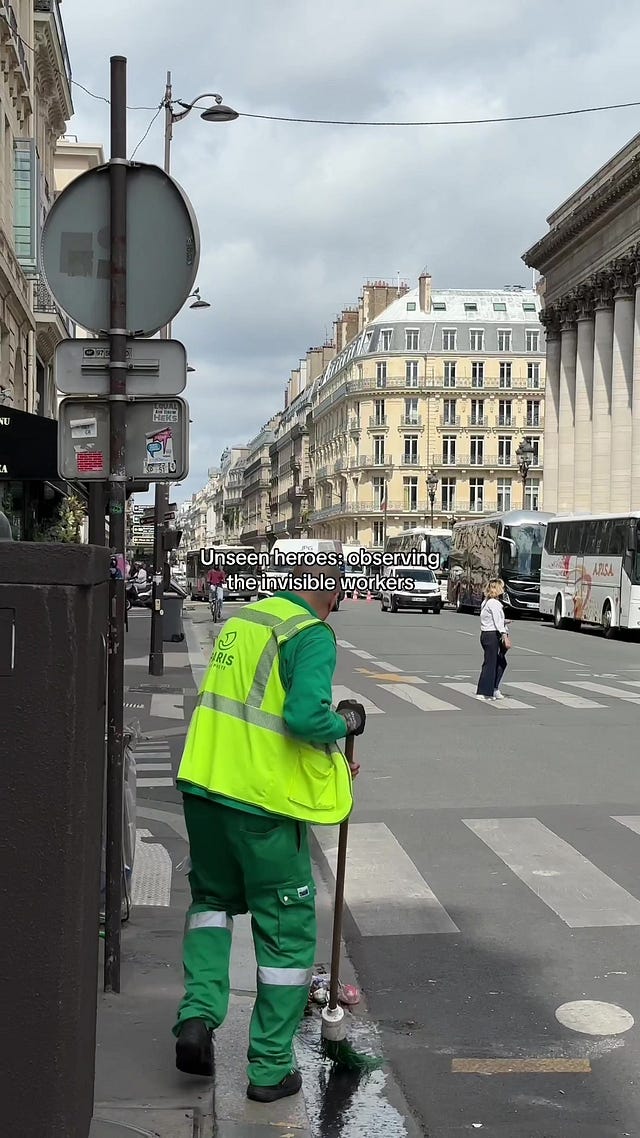Why #humancore isn't just another trend
Move over, coastal grandmothers: TikTok may have finally unlocked true authenticity.
Embedded is your essential guide to what’s good on the internet, written by Kate Lindsay and edited by Nick Catucci.
“Humancore” becoming a thing just as we learn aliens might be real? Suspicious. —Kate
We’re well past peak aesthetic. It got exhausting somewhere around “coastal grandmother,” but the recent “tomato girl summer” confirmed that the concept is now meaningless. None of these purported trends—tomato girls, clean girls, or the “resurgence” of indie sleaze—are responding to real phenomenons, but are instead optional guidelines for anyone who wants to participate in a new performance—like a dress code for the costume party that is life.
Almost all of these aesthetics become marketing material, and they have contributed to the bad taste social media has left in my mouth for the past few years. Posting is advertising, done for free in hope of being seen, forgetting that the most authentic and compelling things about being a person are hidden in the moments when no one is watching.
Which is, ironically, the insight of “humans being humans,” a trend that injects a bit of fresh air into the capitalistic loop that is TikTok. (It is also called “#humancore,” because everything needs a hashtag.) I’m not even sure trend is the right word for these videos, because they aren’t responding a fad, but rather, documenting humanity: kissing a loved one in the street, helping someone who dropped something, tripping over the same tricky step, waving when we see our faces on a Jumbotron.
These videos, often compilations of phone-camera footage of strangers taken from afar, have received tens of millions of views in the last year or so that they started appearing. They’re snippets of regular people who don’t appear to know they’re being filmed, engaging in some kind of small, authentic human moment that just happened to be caught on camera. It feels almost like an out-of-body experience to watch them, because we don’t really have any other mechanism for stepping back and looking holistically at our own humanity. What I find most mesmerizing about them is the fact that while I’m witnessing these few moments on camera, they are reminders that so much of human life is happening entirely unseen.
These videos are popular because they satisfy our craving for authenticity, a desire that has grown stronger and stronger over the past five years as the internet has careened towards the flashy and performative. It’s the same reason that people like the anti-fashion influencer Adam Jockle, who I interviewed for GQ, are exploding on TikTok—they’re the opposite of a TikTok star. There’s no performance: They’re being entirely themselves, which is often a bit awkward and simple, the way most of us are.
Of course, we now have all this real-life footage because we’re collectively conducting our own surveillance. At any given moment, someone may be filming you, which is not necessarily a comfortable way to move through life. I’m almost certain none of the people in these clips have any idea they’re on TikTok, let alone that their small acts have received millions of views. But “humans being humans” footage is generally harmless, which is why I have no qualms ending this post with some of my favorite videos.
 Tiktok failed to load.
Tiktok failed to load.Enable 3rd party cookies or use another browser







